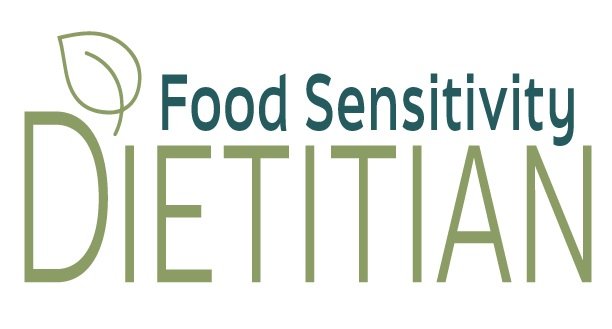Cracking the Code of Amines Foods and Food Sensitivities
If you still feel allergy-like symptoms after eating, there may be a hidden culprit in your diet. Let’s talk about amine sensitivity.
If you still feel allergy-like symptoms after eating, there may be a hidden culprit in your diet. Let’s talk about amine sensitivity.
So, what are amines?
Amines are chemicals formed naturally in your food. They are a compound containing ammonia.
There are enzymes in your digestive system that are specifically for the breakdown of amines.
However, if the enzymes are not working properly, amines can build up in a person’s body
causing symptoms.
Examples of amines in food
You also may have heard of histamine sensitivity. Well, histamine is just a type of amine, and
has very similar symptoms.
Other examples of amines in food include:
- Cadaverine
- Putrescine
- Tyramine
- Dopamine
All of these contribute to the amine concentration of foods and may be causing your symptoms.
What are the symptoms of amine food intolerance?
Symptoms can show up in a variety of ways. And they may take 1 - 48 hours to manifest. That
makes it very tricky to identify food triggers.
“Allergy-like” symptoms include:
- Rash
- Headache
- Itching
- Swelling
- Flushing
- Irregular heartbeat
Gastrointestinal Issues (GI) are the most common and include:
- Bloating
- Constipation
- Diarrhea
- Abdominal pain
- Nausea
- Vomiting
- Ulcers
Other symptoms include:
- Fatigue
- Brain fog
- Heartburn
- Dermatitis
Severe intolerance symptoms include:
- Irregular menstrual cycle
- Migraines
- Tissue swelling
- High blood pressure
- Low blood pressure
- Anxiety
- Depressive mood
If these symptoms are a typical occurrence for you, try to identify if foods high in amines are the
reason. If you don’t know where to start, working with a registered dietitian is a great place to start. Check out the Food Sensitivity Program.
How do I know if a food is high in amines?
Amines are in a wide variety of food. It would be downright impossible to cut them out
completely. Therefore, the goal should be a lower amine diet. So, without further ado … here’s
the amines food list.
Foods High in Amines
Grains
- Bran cereals
- Bran muffins
- Rolled oats
- Whole wheat bread
- Whole wheat pasta
- Graham Crackers
Fruits
- Overripe avocado
- Overripe banana
- Berries
- Citrus
- Dried fruit
- Kiwi
- Pineapple
- Grapes
Vegetables
- Asparagus
- Eggplant
- Tomatoes (any kind or form)
- Spinach
- Broccoli
Meats
- Processed meat of any kind
- Battered
- Canned
- Smoked
- Hot dogs
- Chicken nuggets
- Bacon
- Sausages
- Deli meats
Dairy
- Cheddar cheese
- Feta
- Swiss Cheese
- Blue cheese
- Brie
- Parmesan
- Soymilk
- Almond Milk
Drinks
- Alcohol (all aged types)
- Apple juice and cider
- Beer
- Caffeinated drinks
- Chai Tea
- Chocolate drinks
- Vegetable juice
- Tequila
Cooking with Amine Sensitivity
When avoiding amines, not only is the food important but also the way that it is prepared.
Certain cooking techniques can cause the food to release more amines like:
- Grilled
- Charred
- Fermented
- Overcooked
- Overripe
When in doubt, reach for fresh foods! The best cooking methods will be steaming and boiling
foods. Canned foods will be higher in amines than their fresh counterparts. And leftovers can develop
a higher amine content while they sit in the fridge.
What next?
If you feel that a high histamine diet may be the source of your discomfort, that means it is time
to get tested!
The Mediator Release Test (MRT) is a specialized test designed to identify sensitive foods and
food-chemicals (like histamine) that cause an inflammatory response in your body. It is very
accurate with 94.5% sensitivity and 91.7% specificity. 176 foods and chemicals are tested.
Once tested, a Registered Dietitian will help you formulate a diet plan. Research shows that
coupled with therapeutic approaches, the “gold standard” for treating histamine intolerance is a
low histamine diet.
Do you want to know if amines could be effecting you?
Apply to work with Kristen, The Food Sensitivity Dietitian.

